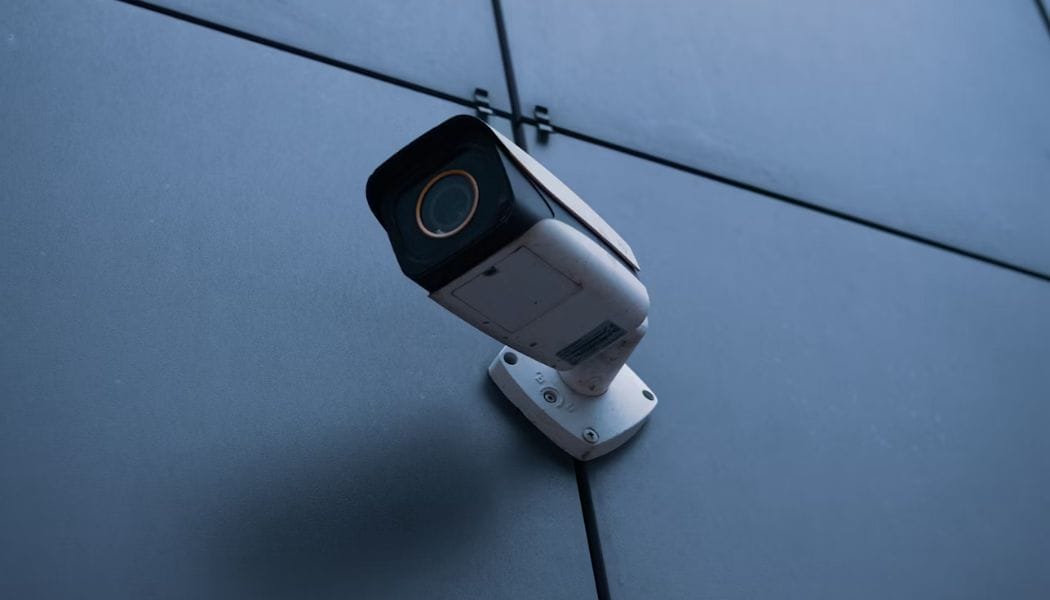Insurer publishes guidance on perimeter security, display cabinets, and visitor behaviour to better protect items on display
Heritage properties have been warned to review their security measures following an increase in smash and grab attacks on UK museums and historic sites. The alert follows the recent theft at the Louvre Museum, and a series of high-profile raids on British properties in recent years.
Recent high-profile thefts from heritage sites include the £4.75m gold toilet stolen from Blenheim Palace in September 2019. In 2021, burglars used ladders to enter Arundel Castle and stole historic artefacts, including gold rosary beads associated with Mary Queen of Scots.
Insurer Ecclesiastical said smash and grab attacks are usually carried out at speed as thieves aim to get in and out of a property as quickly as possible It said burglaries are often carefully planned and target easy-to-move, high-value items.
The insurer's guidance
- Try to locate portable valuable items away from the building perimeter, as far from external doors and windows as possible. The further into a property thieves have to go, the longer it will take them and the greater the risk of detection.
- Where valuables are out on display to members of the public, house them in security-designed, attack-resistant display cabinets. Laminated/security glazing should be used, and cabinet frames, locks, and hinges should be designed to resist physical attacks.
- If virtual tours of a property are included on websites, avoid including the location of electronic security measures, such as intruder alarms and CCTV systems, which could be used to inform a planned attack.
- Review perimeter security arrangements. Restrict vehicular access to the site and locate any designated parking as far from the main property as possible. The further thieves have to travel on foot, the greater the risk of detection and the less they can carry away with them.
- Watch out for visitors acting suspiciously. Behaviour such as walking speedily through some rooms but lingering in front of particular exhibits, studying nearby windows and doors, and looking for electronic security measures such as closed-circuit television and intruder alarm detectors may be indicative of attack planning
- Electronic security measures should be reviewed alongside physical security arrangements. Consider the installation of an intruder alarm system to aid early detection of unauthorised access if not already fitted. Where fitted, review existing coverage to ensure the system adequately covers potential access points into the property and target areas where there is a concentration of valuables.
Laura Carter, customer segment director at Ecclesiastical Insurance, said: “Our guidance has been developed by our risk management experts, and we hope it will encourage heritage property owners and managers to review the measures in place to help protect their properties from future attacks.”




